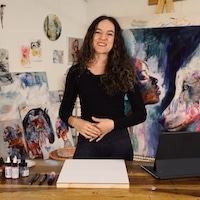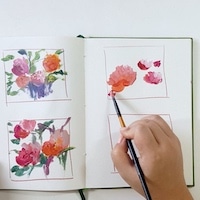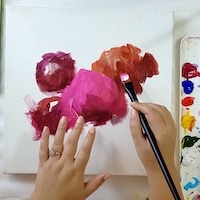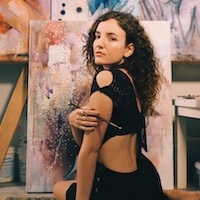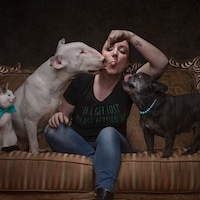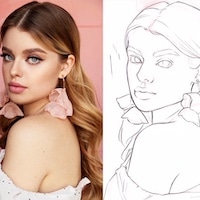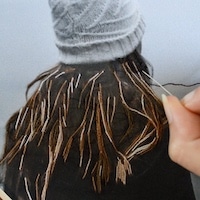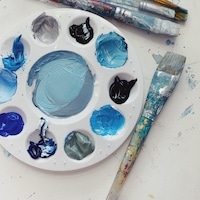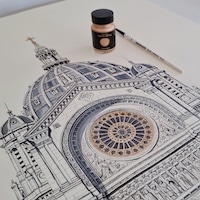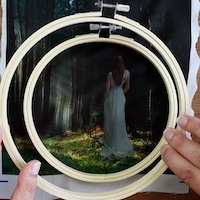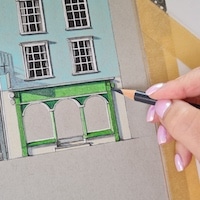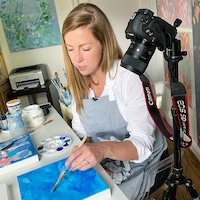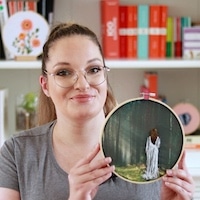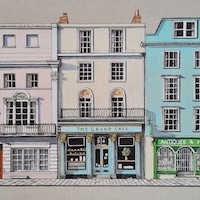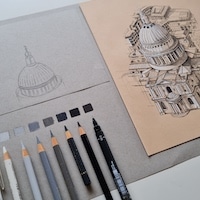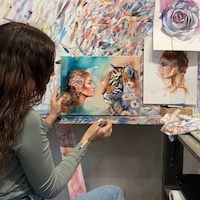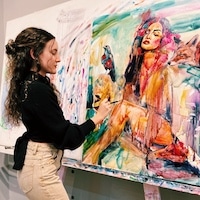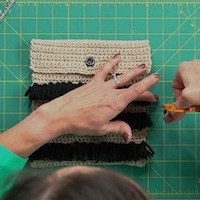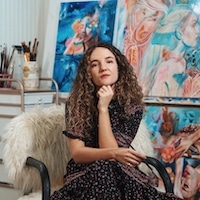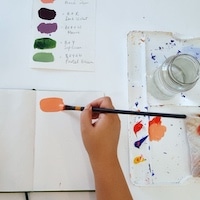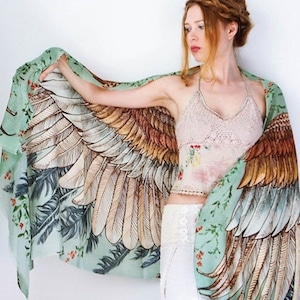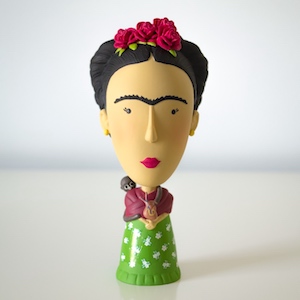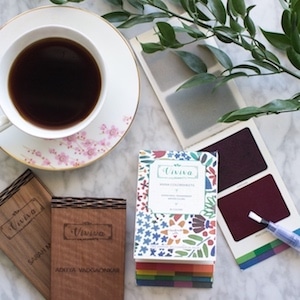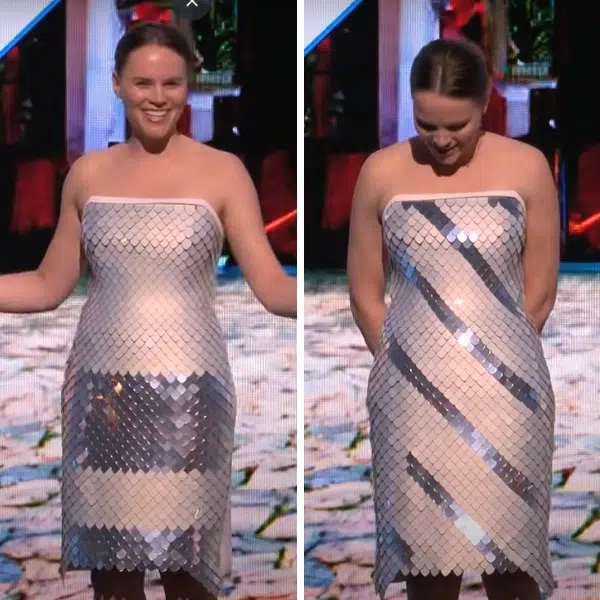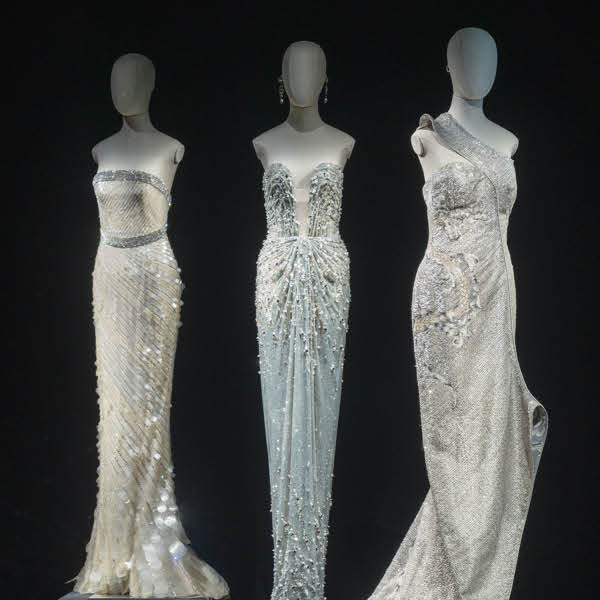
“Untitled (Christian in Wales Bonner).” (Photo: Tyler Mitchell)
Fashion is more than merely an aesthetic; it’s also a source of self-discovery, resistance, and identity. This is especially true within marginalized communities, where fashion can present opportunities for political, social, and cultural expression that may otherwise be inaccessible. This phenomenon is exactly what The Metropolitan Museum of Art and the Costume Institute hope to explore with their latest exhibition.
Dedicated exclusively to menswear, Superfine: Tailoring Black Style explores fashion through the lens of Black style, with a particular emphasis on dandyism. The exhibition’s scope is incredibly ambitious yet granular, tracing historical and sartorial developments from the 18th century through to the present day with an impressive level of detail. Featured garments visualize this evolution, whether it be in the form of sleek suits, delicate mesh tops, hip tracksuits, or oversized sweaters.
Given its wide assortment of objects, Superfine may seem overwhelming at first. In order to effectively guide visitors, the exhibition is organized into 12 sections, each of which correspond with a characteristic that defines its style. One section, for instance, considers beauty, showcasing garments from the 1970s and 80s that, in their sheer fabulousness and panache, challenged traditional understandings of masculinity, gender, and sexuality. Another section examines “cool” clothing and streetwear that exude confidence and ease, while yet another illuminates how assimilation, activism, and discrimination contributed to the “respectable” fashion worn by Black political leaders such as W.E.B. Du Bois and Frederick Douglass.
But garments aren’t the only thing on display in Superfine. There are also paintings, prints, photographs, decor, literary texts, and film, further revealing how Black identity and style mutually informed one another. A photograph from the 19th century depicts “tailor boys” working within a studio, meticulously preparing garments and offering evidence of how tailoring remains an enduring facet of Black culture. Even celebrities make appearances throughout, as seen with an image from 1966 that captures Muhammad Ali being fitted for a new suit in London.
Per the Costume Institute, Superfine finds significant inspiration in guest curator Monica L. Miller’s 2009 book Slaves to Fashion, which chronicles how Black people have relied upon dress, fashion, and, by extension, dandyism to transform their identities both within and beyond their communities.
“Dandyism can seem frivolous, but it often poses a challenge to or a transcendence of social and cultural hierarchies,” Miller said in a statement. “It asks questions about identity, representation, and mobility in relation to race, class, gender, sexuality, and power. The exhibition explores this concept as both a pronouncement and a provocation.”
While visiting New York, My Modern Met’s editor-in-chief, Eugene Kim, also had the chance to view Superfine: “Visiting The Metropolitan Museum of Art is always a treat, but stepping into Superfine: Tailoring Black Style felt like time travel. The suits and garments were impeccably made, and the stories behind them were deeply insightful. It’s a fascinating way to see history through clothing and style.”
Superfine: Tailoring Black Style is currently on view at the Met Fifth Avenue until October 26, 2025. To plan your own visit, check out the Met’s website.
The Metropolitan Museum of Art and the Costume Institute’s latest exhibition, Superfine: Tailoring Black Style, considers the intertwined history of Black identity and fashion.

Ensemble, Pharrell Williams for Louis Vuitton, spring/summer 2025 menswear. (Photo: the Met, courtesy Louis Vuitton)

“T.G.B.J.” ensemble, Tremaine Emory for Denim Tears, 2024. (Photo: Tyler Mitchell, courtesy Denim Tears)

Ensemble, Polo by Ralph Lauren and Ralph Lauren Purple Label, 2019–22. (Photo: Tyler Mitchell, courtesy Ralph Lauren)

Ensemble, Bianca Saunders, spring/summer 2023. (Photo: Tyler Mitchell, courtesy Bianca Saunders)

Ensemble, Grace Walls Bonner for Wales Bonner, fall/winter 2020–21. (Photo: Tyler Mitchell, courtesy Wales Bonner)

Ensemble, Rushemy Botter and Lisi Herrebrugh for Botter, spring/summer 2022. (Photo: Tyler Mitchell, courtesy Botter)
The exhibition gathers countless garments spanning from the 18th century through to the present day, alongside paintings, prints, photographs, and more.

Installation view of “Superfine: Tailoring Black Style” at the Metropolitan Museum of Art in New York, NY. (Photo: the Met)

Ensemble, LaQuan Smith, spring/summer 2025. (Photo: Tyler Mitchell, courtesy LaQuan Smith)

Ensemble, Virgil Abloh for Louis Vuitton, fall/winter 2021 menswear. (Photo: the Met, courtesy Louis Vuitton)

Suit, 1939. (Photo: the Met, courtesy Benny Reese/Reese’s Vintage Pieces)

“Maya Angelou Passport” ensemble, Foday Dumbuya for Labrum London, fall/winter 2023. (Photo: the Met, courtesy Labrum London)
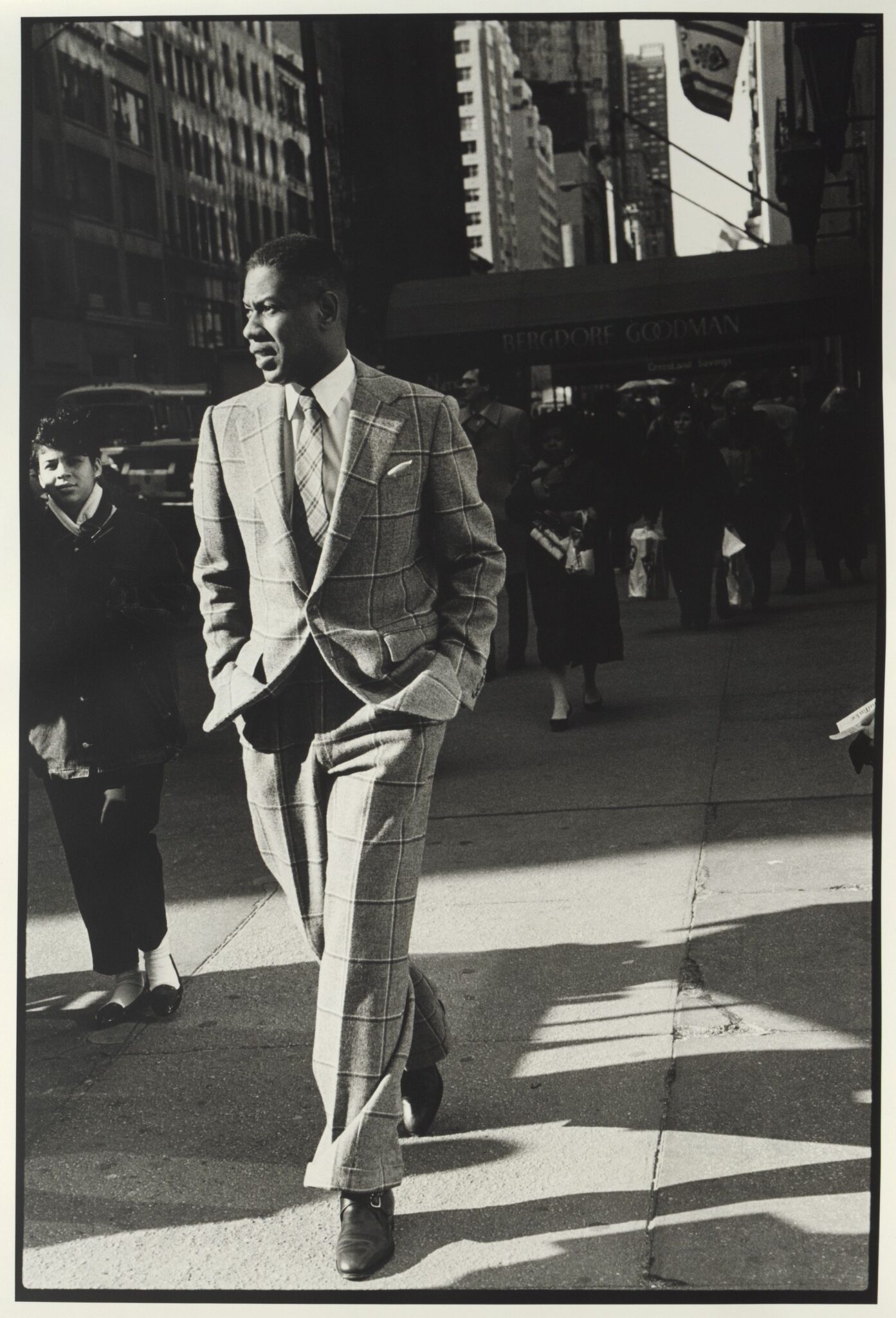
“André Leon Talley 5th Avenue,” Arthur Elgort, 1986. (Photo: the Met)

Installation view of “Superfine: Tailoring Black Style” at the Metropolitan Museum of Art in New York, NY. (Photo: the Met)

Installation view of “Superfine: Tailoring Black Style” at the Metropolitan Museum of Art in New York, NY. (Photo: the Met)

“Tailor boys at work,” Frances Benjamin Johnston, 1899–1900. (Photo: the Museum of Modern Art, New York)

“World heavyweight champion Muhammad Ali is fitted for a new suit, London,” Thomas Hoepker, 1966. (Photo: Thomas Hoepker/Magnum Photos)
Superfine is on view at the Met Fifth Avenue in New York through October 26, 2025.

Suit, Ev Bravado, Téla D’Amore for Who Decides War, fall/winter 2024-25. (Photo: Tyler Mitchell, courtesy Who Decides War)

Ensemble, Marvin Desroc, 2019. (Photo: Tyler Mitchell, courtesy Marvin Desroc)

“Aime” ensemble, Grace Wales Bonner for Wales Bonner, fall/winter 2015. (Photo: the Met, courtesy Wales Bonner)

Installation view of “Superfine: Tailoring Black Style” at the Metropolitan Museum of Art in New York, NY. (Photo: the Met)

Installation view of “Superfine: Tailoring Black Style” at the Metropolitan Museum of Art in New York, NY. (Photo: the Met)


